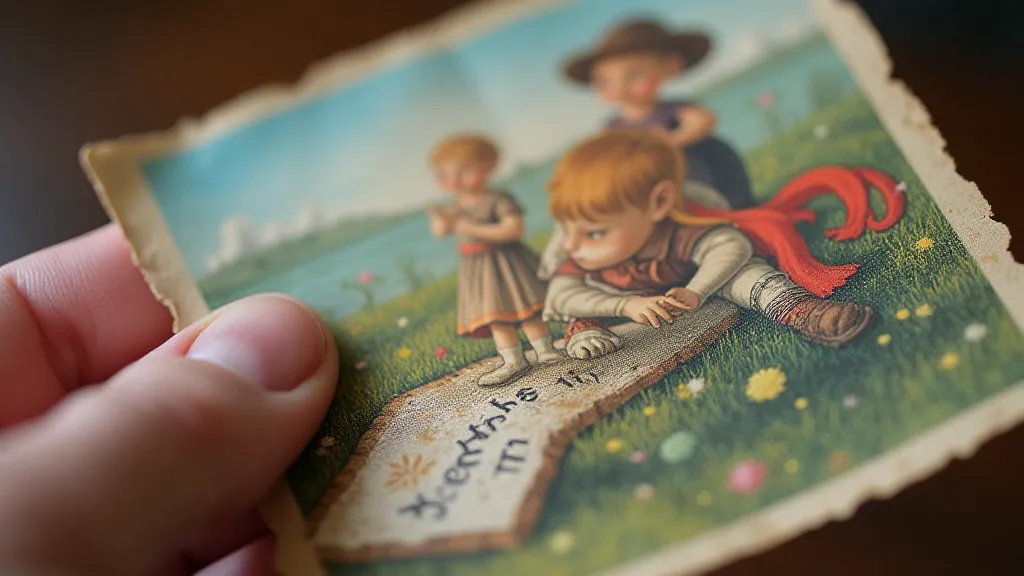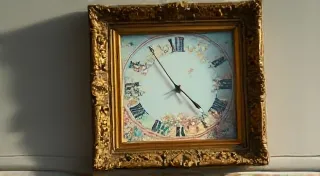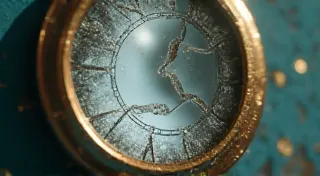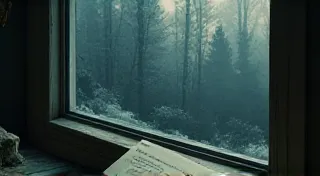Ephemeral Landscapes: The Distortion of Memory in Vintage Postcard Views
There's a particular scent associated with vintage postcards – a musty whisper of aged paper, a faint echo of ink and possibility. Holding one feels like grasping a fragment of a forgotten dream, a tangible connection to lives lived decades, sometimes centuries, ago. My own fascination began with a small box unearthed in my grandmother’s attic, overflowing with these miniature windows to the past. They weren't just images; they were invitations to step back in time, to wander streets long vanished and witness scenes crafted for a very specific purpose.
But what if those scenes weren’t entirely truthful? What if the idyllic portrayals of bustling cities and serene countryside landscapes weren’t simply reflections of reality, but carefully curated narratives designed to sell a vision – a vision often shaped by the biases, ambitions, and limited perspectives of their creators?
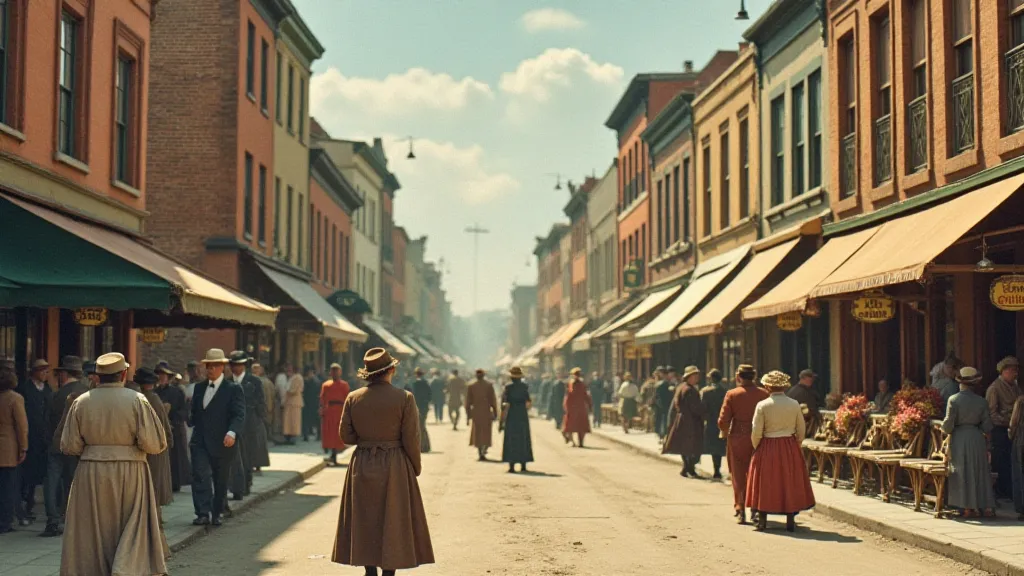
The Rise of the Picture Postcard and its Purpose
The golden age of the picture postcard, roughly from the 1890s to the 1930s, coincided with a period of immense social and technological change. The invention of the halftone printing process made mass-produced images affordable, and the rise of postal systems created a booming market for correspondence. Postcards became a cheap and convenient way to stay in touch – a visual telegram, if you will. But they were also powerful tools for advertising, tourism promotion, and even nation-building.
Early postcards weren't always the photographic representations we recognize today. Often, they were elaborate chromolithographs – hand-colored lithographic prints that allowed for a level of artistic embellishment far beyond what simple photography could offer. Artists took significant liberties, exaggerating the beauty of a place, smoothing over imperfections, and even inventing details to create a more appealing image. Think of a postcard from a mining town – the reality of hard labor, pollution, and harsh conditions would hardly be a draw for tourists. Instead, the postcard might depict a clean, optimistic scene with smiling workers and a picturesque view of the surrounding hills.
Selective Editing: Crafting a Narrative
Even with the advent of photography, the selective editing process continued. Photographers were often commissioned to capture specific angles and viewpoints, carefully framing their shots to highlight desirable features and conceal less flattering ones. Buildings might be digitally altered to appear taller or more impressive, landscapes might be staged with carefully placed props, and even the sky could be retouched to appear more dramatic. The very act of choosing which image to print – from a selection of negatives – was an act of curation.
This wasn't necessarily malicious. Many photographers and publishers genuinely believed they were presenting the "best" version of a place. They were selling dreams, after all, and dreams rarely align perfectly with reality. But the cumulative effect of this selective editing was a skewed perception of places and cultures. Small towns were presented as paragons of virtue and community, while urban centers were often romanticized, glossing over issues of poverty and overcrowding.
Consider the numerous postcards depicting Native American cultures in the late 19th and early 20th centuries. While some genuinely sought to document these traditions, many were staged tableaux, featuring Native individuals in stereotypical clothing and performing contrived rituals designed to appeal to a non-Native audience. These images reinforced harmful stereotypes and contributed to a distorted understanding of Native American cultures. It’s a difficult history to confront, but understanding it is crucial to appreciating the complexity of these vintage artifacts.
The Embellishment of the Exotic
The phenomenon was particularly pronounced when depicting “exotic” locations – places perceived as foreign or different. The allure of the “Orient,” for example, was often amplified through postcards that presented a hyper-romanticized vision of the Middle East and North Africa. Scenes of bustling markets, majestic mosques, and Bedouin encounters were meticulously staged to evoke a sense of mystery and adventure. The reality of colonialism, political instability, and economic disparity was largely absent from these picturesque portrayals.
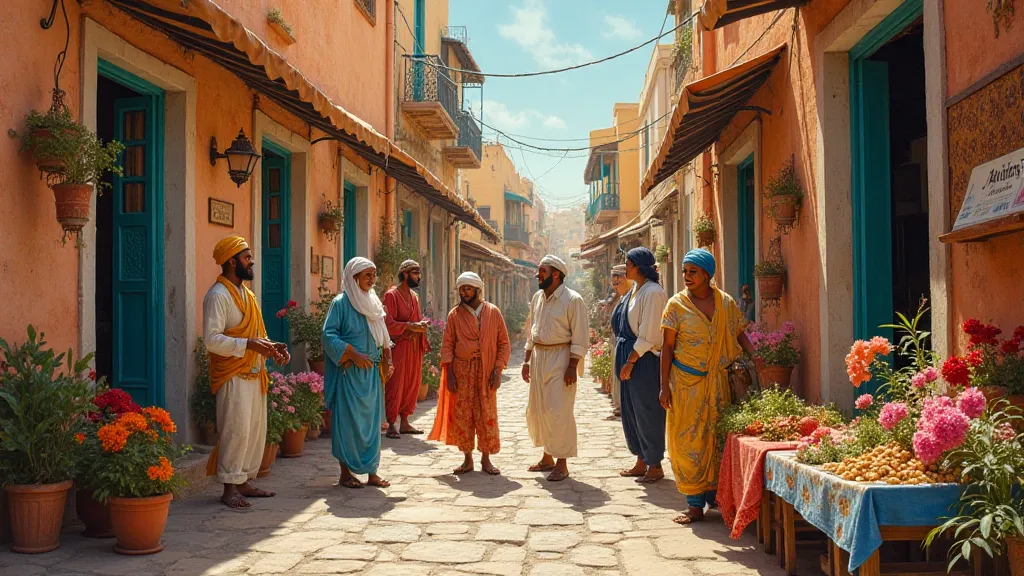
I recall finding a postcard of Egypt showing pyramids bathed in an impossibly golden light, with a lone camel rider silhouetted against the horizon. It was breathtaking, yes, but also utterly divorced from the complex realities of the country's past and present. The narrative being sold wasn't just about Egypt’s beauty; it was a carefully constructed image of a romanticized, unchanging culture – a culture far removed from the experiences of most Egyptians.
The Impact on Collective Memory
These distorted visions left a lasting impact on collective memory. Generations grew up with these idealized images of places they might never visit, shaping their perceptions of those locations and the people who lived there. The idealized view of small-town America, for instance, has contributed to a longing for a simpler, more communal past – a past that likely never existed in the way these postcards portrayed it. Similarly, the romanticized view of “exotic” cultures has perpetuated stereotypes and hindered genuine cross-cultural understanding.
The beauty of collecting these vintage postcards isn’t just about appreciating the craftsmanship or the historical context; it’s about critically examining the narratives they present. It’s about recognizing that these images are not objective records of reality but carefully constructed representations, shaped by the biases and agendas of their creators. It’s about understanding that the past is not a fixed entity but a constantly evolving interpretation, filtered through the lens of the present.
My grandmother’s box of postcards isn't just a collection of faded paper and ink; it’s a window into a complex and often contradictory past. And by understanding the distortions and embellishments embedded within those images, we can gain a more nuanced and critical perspective on the world around us. The craftsmanship itself is remarkable – the lithography, the hand-coloring, the careful composition. But truly appreciating these artifacts demands a willingness to look beyond the surface and delve into the stories they tell, both explicitly and implicitly. It’s a responsibility – and a privilege – of every vintage postcard collector.
